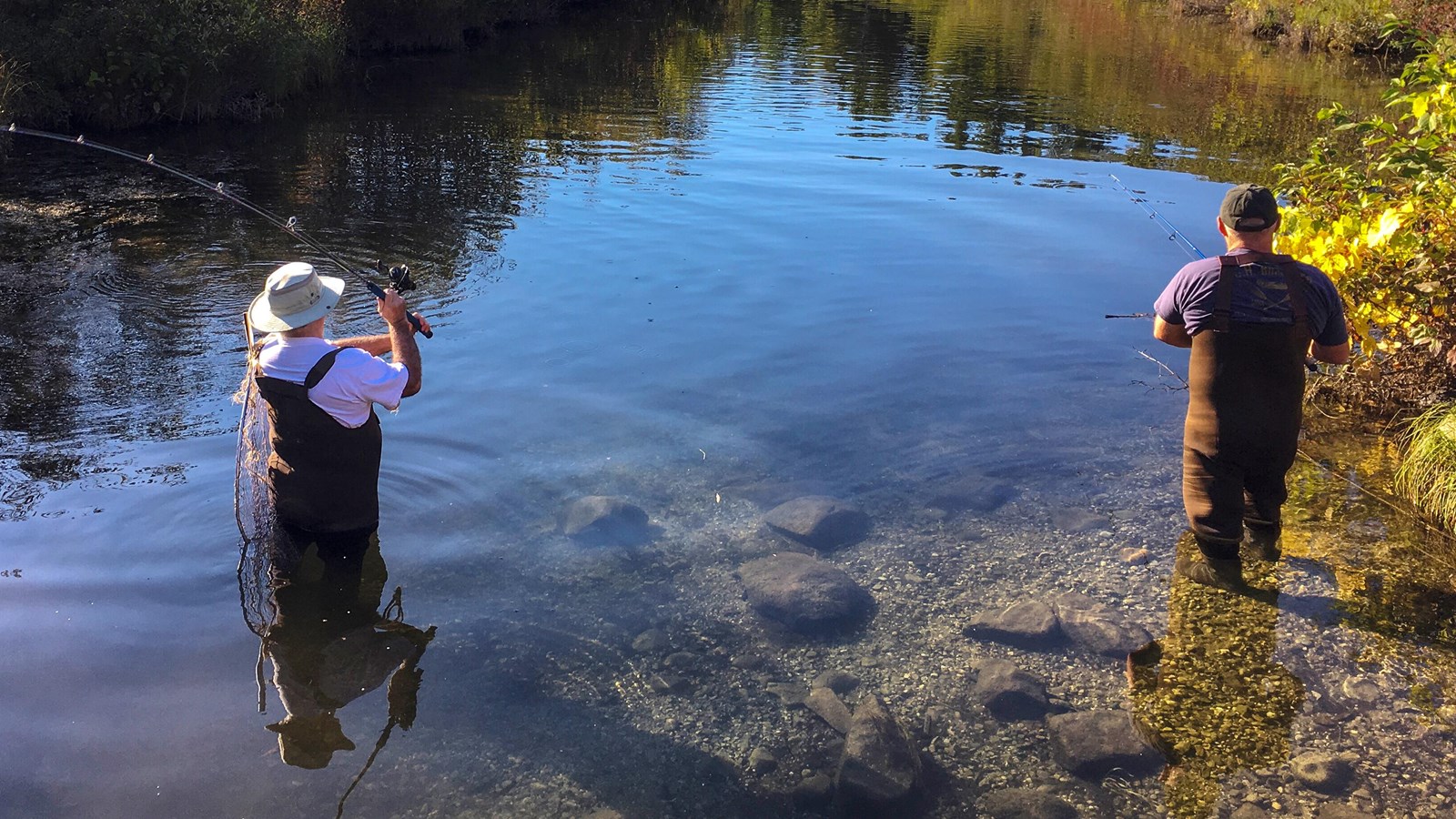Last updated: September 25, 2025
Place
Platte Plains Trail - Otter Creek Loop Trailhead

NPS credit
Parking - Auto, Trailhead
Platte Plains, the park's most expansive trail system, spans nearly 15 miles total through low dunes with three main loops to explore. The trail is surrounded primarily by pine-oak-aspen woods; open fields and lakes are scattered throughout plains.
Pets are NOT allowed on trail from December 1 to March 31.
Distance
Several loops totaling 14.7 miles
Terrain
Mostly flat. Some short, steep hills on the Lasso Loop and some moderate hills along the intermediate level ski trail segments
Vegetation
Primarily pine-oak-aspen woods with some open fields and pine plantation
Comments
Three views of Lake Michigan
The 4.6-mile Otter Creek Loop, a beginner-friendly slice of the Platte Plains Trail complex, is narrow at times but always well marked-the pine needle-carpeted trail a cinch to follow. Follow the winding path through forests of hardwood and pine and wildflower-speckled fields. Stop and listen to the forest hum, watch butterflies in the meadows, seek out the Marl springs, then walk on for snapshot-worthy views of Otter Creek and Otter Lake. In the early 1900's, the trail would have led you to the bustling lumber town of Aral at the mouth of Otter Creek. Today, the only trace of Aral is a set of dock pilings. End your hike with a splash in the waves or a rest on the warm sands of Esch Beach.
First time hiking in the lakeshore? Follow these tips
Ridges and swales
The Platte Plains are not your traditional plains with fields, but it is a lowland area between the Platte River, Otter Lake, and Lake Michigan. A satellite view of Platte Bay reveals the ancient shoreline sand dunes, which mark the successive positions of Lake Michigan after each intrusion of glacial ice melted. These geological landforms are called ridges and swales. From the trails, however, they're steep hills.
Take the Trail Trekker Challenge
Do you think you can hike all of the trails in one year? Want to explore the landscape of Sleeping Bear Dunes National Lakeshore, exercise, and have fun all at the same time? Join the Trail Trekker Challenge! Earn a prize and bragging rights by successfully completing each of the 13 mainland trails in the National Lakeshore. Hiking is a great way to get daily physical exercise and promote health while also discovering the beauty of the area. What better way to get your muscles warm, your heart pumping, and your senses savoring the views!
Pick up a copy of the Trail Trekker Challenge brochure/logbook at the visitor center in Empire.
